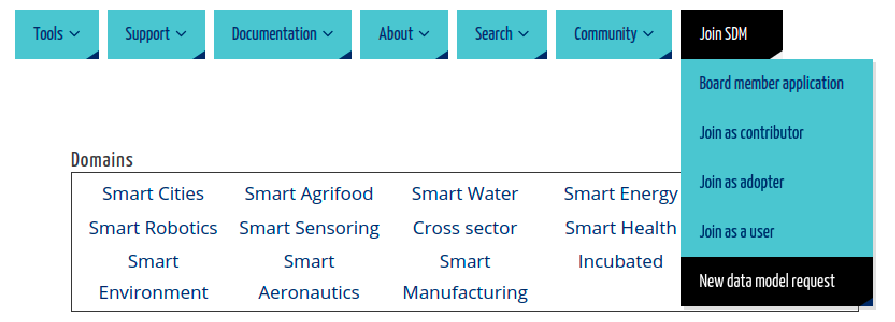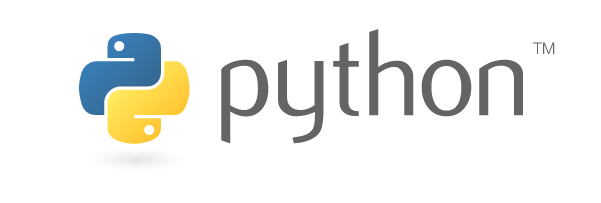In the tools menu there is a new option “Test Orion-LD broker“.
In this address https://smartdatamodels:1026 there is an Orion-LD Broker installed open for testing purposes. You can check
It is wiped out every hour, on minute 27, and then repopulated with some hundreds of examples (most of the current examples in data models).
Some examples of queries:
-
- List most of the data entities
- Broker version
- List RoadAccident example
- List the value of attribute status in a data model
- Create an entity.{“id”: “urn:ngsi-ld:aojo:1234”, “type”: “test”, “humidity”: 3, “otherAttribute”: “check”}.
- List the recently created entity (if you click previous link)
- Remove an entity (this case )











